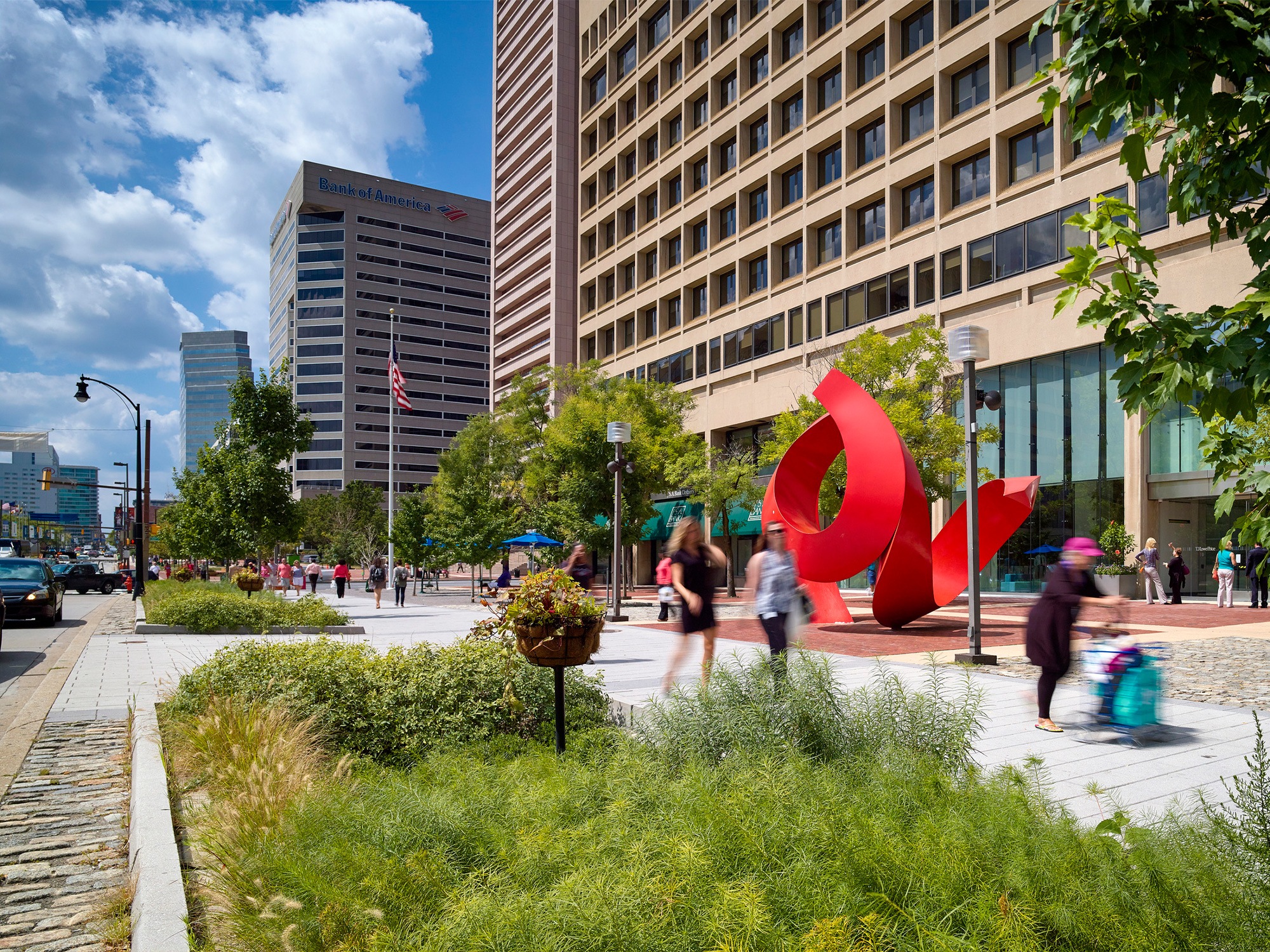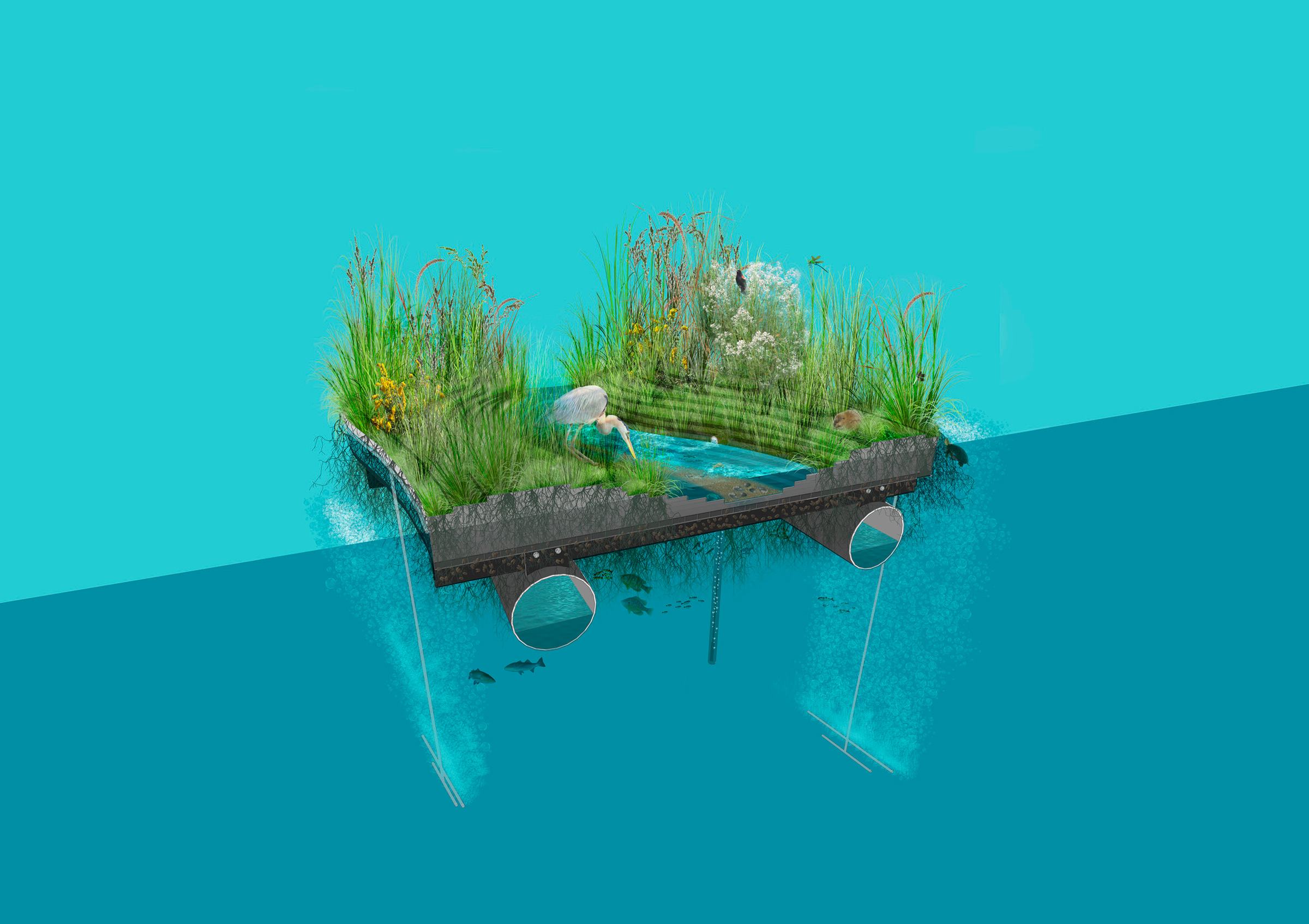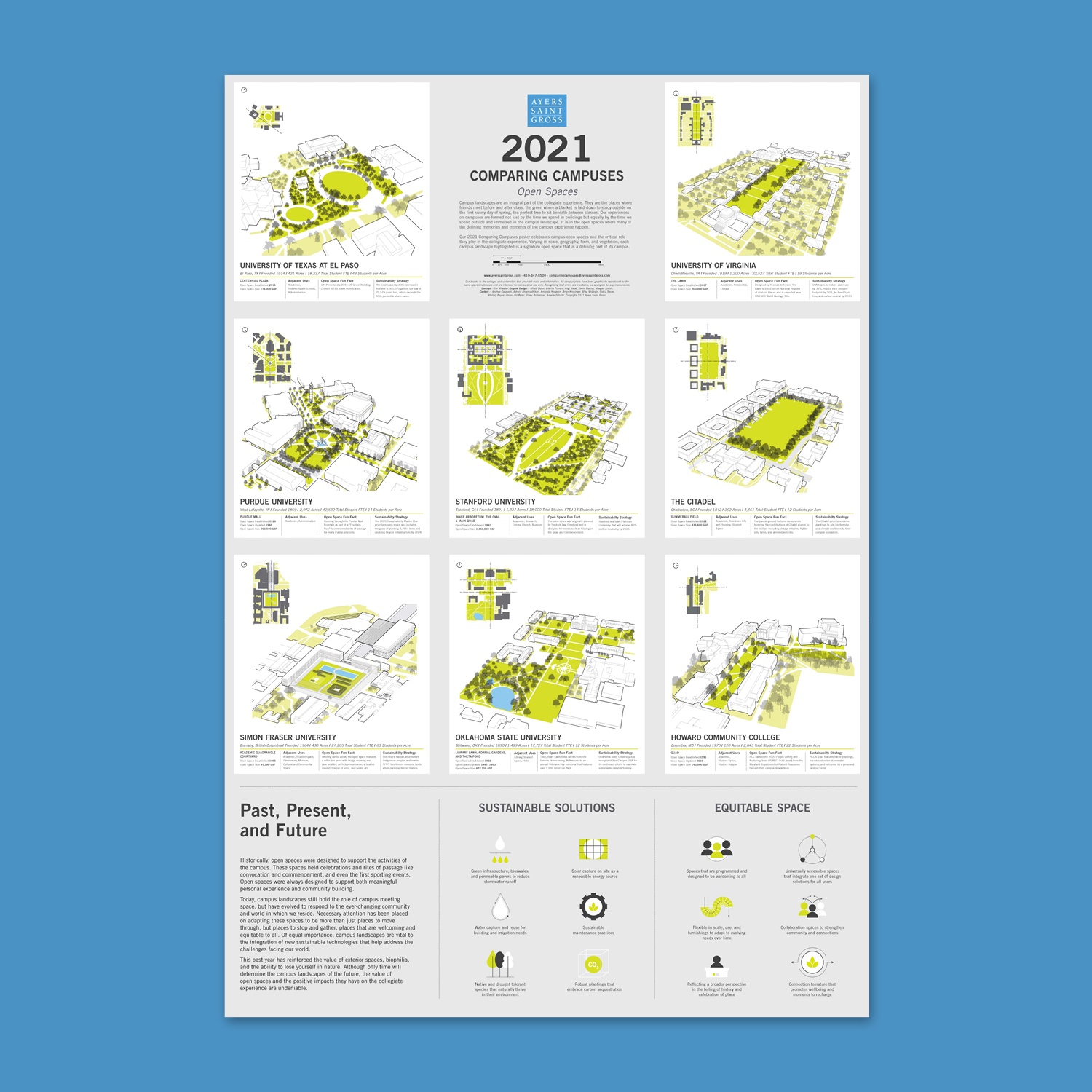Sustainable landscapes address a number of environmental concerns: habitat loss, natural resource depletion, air pollution, and waste generation. For those reasons and more, sustainability is an increasingly central part of campus planning.
However, as the methods used to create an ecologically sound site grow, so can the number of maintenance needs and costs.
Creating – and perhaps even more crucially, maintaining – sustainable landscapes is a multi-phase process. Here are a few points of advice that can guide discussions about how to create a sustainable design that will continue to function as originally envisioned.
- Align your sustainability goals with available resources. Understanding your desired project goals and maintenance routine is paramount to a project’s success. Ask yourself a few questions in the early design process: What are your project’s sustainability goals? What are your long-term maintenance capabilities? What changes could be made to align your practices with your goals? Once both client and landscape architect understand the parameters, you can work together to produce a design that meets the needs of your institution.
- Consider the life cycle costs of your choices. Evaluate the necessary steps that ensure you can meet your sustainability goals. For example, if you wish to diminish a site’s long-term energy and potable water use, your standard planting palette, hardscape materials, and irrigation technique may need adjustment. Depending on the project’s goals, the design may have unique maintenance needs, such as permeable pavers or a rainwater collection system. If you are unfamiliar with these elements, ask how to maintain them to ensure the design will receive proper care. There’s good news, though: Not every sustainable strategy has a high maintenance cost. In fact, many diminish total costs because more expensive materials provide benefits that offset their initial price. For example, a cistern will reduce your irrigation bill, and selecting native or low-irrigation plants reduces irrigation and labor maintenance costs.
- Concentrate high-maintenance areas for maximum effect. An elaborate design with ambitious net-zero goals may be beyond your scope. Instead, consider small interventions that make a large impact. Prioritize your goals, and centralize the high-maintenance areas in high-visibility areas to make the biggest impression.
- Monitor performance. Whether the goal is to achieve a net-zero energy site, reduce stormwater runoff, or provide wildlife habitat, monitoring how the site performs is necessary to ensure the goal is met. Track the site closely, adapting maintenance activities as needed. Recording the effectiveness of various methods will provide a guide for future management actions. With proper care, the benefits of the landscape can continue to function at optimum potential.





